
Smart from every angle



The incredible possibility of angulating the prosthetic component in your office
The Arcsys Implant System brings the exclusive technology of angulation of the prosthetic components in up to 20°, in your clinic or laboratory. Innovation that allows the best surgical and prosthetic planning. Check below how it is simple:
Mira lo simple que es:
See the results of the Implant and theprosthesis in the ideal position
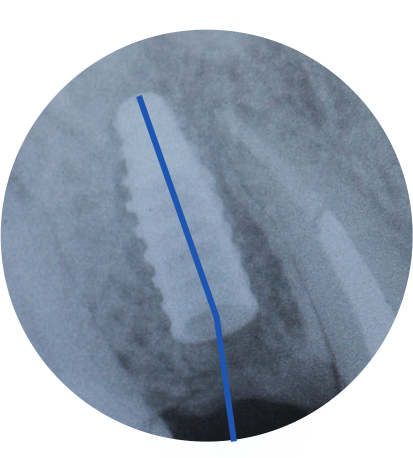
Implant installed. Note the divergence between the surgical and prosthetic axes.
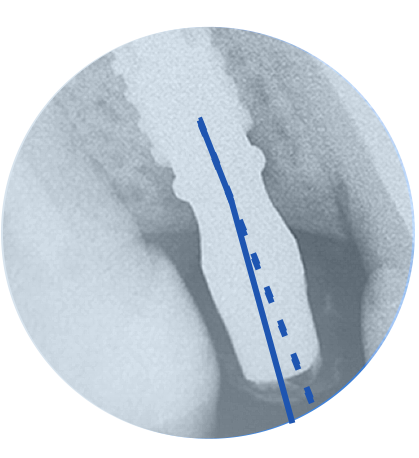
Customized prosthetic component. Note the refinement of the prosthetic axis made possible by Arcsys System technology.
The real
Morse taper

Screw dispenser
Highly stable connection that allows customization of prosthetic components.

Bacterial sealing
Hermetic connection with full competence in terms of microbial sealing of abutment-implant interfaces

Greater resistance
Machined from an ultra-strong alloy, to allow for high levels of locking and ensure longevity of rehabilitations.

Clinical longevity of the
Arcsys frictional Morse taper
The system that revolutionized implantology surprises more and more every day with its superior clinical and scientific results.



Preservation of gingival architecture
Author: Prof. Dr. Bernardo Passoni
Follow-up: 4 years and 3 months.
Author’s note: The absence of micromovements provided by the frictional Morse taper maintained stable tissue architecture and predictable rehabilitation.



Stability of peri-implant tissue
Author: Prof. Me. Thiago Gemeli
Follow-up: 5 years
Author’s note: The peri-implant stability of the Arcsys System allows for unique results, especially in cases where high aesthetic demands are required.



Bone maintenance around prosthetic components
Author: Prof. Me. Rafael C. Cecato
Follow-up: 6 years
Author’s note: The stability of the peri-implant bone tissue is a direct result of the sealing provided by the system connection.
Main features
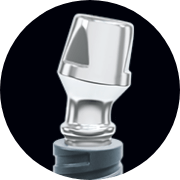
Customizable angle
Allows up to 20° angulation, achieving better aesthetic and functional results.
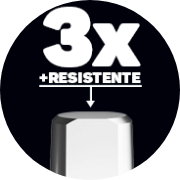
3 times more resistant
Manufactured from high-strength implantable special alloys, in accordance with ASTM F138 and
ABNT NBR ISO 5832-1.
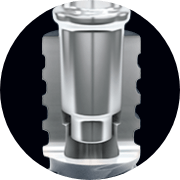
Security
Frictional Morse Cone Interface
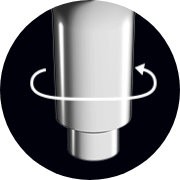
Versatility
Interchangeable components between different implant diameters.

Diversity
Available in different heights to accommodate variations in mucosal thickness.

Possibilities
Screw-in, cemented, single or multiple prostheses
Arcsys Drills
FGM drills have a unique and innovative design. They are made of stainless steel and coated with titanium nitride, providing greater hardness and durability.
It also features parallel channels for rapid heat exchange, allowing for faster and smoother operating procedures. The active tip features high cutting efficiency and excellent stability, while the body also allows for the harvesting of bone tissue.


Active tip
Performs the function of a drill bit and stabilizes the drilling.

Installation safety
Cooling flow, for lower heat generation

Innovative geometry
Tool control throughout surgical preparation

Side channels
Through-bit irrigation and bone tissue collection capability

Material
TiN (titanium nitride) coating, providing increased surface hardness, lower friction, and greater durability.

Depth limiters
Enhanced drilling safety. Easy to handle, interchangeable and quick and precise fit.
Multifunctional PEEK in Component
PEEK: a high-performance, biocompatible polymer with unique properties that make it the ideal choice for today’s most demanding applications. Considered one of the world’s highest-performance engineering thermoplastics, with over 35 years of proven performance in demanding environments.
Multifunctional abutments
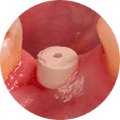
Peri-implant tissue former
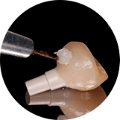
Implant-supported temporary prosthesis abutment

Implant transfer

Multifunctional transfer
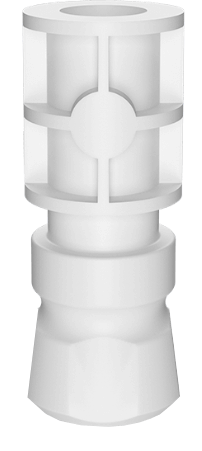
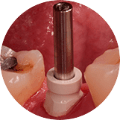
Prosthetic component transfer
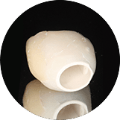
Temporary denture support
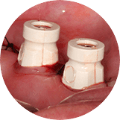
Prosthetic component protector
The best implant solutions for you, implantologist
Implants with the best concepts
On macro and microgeometry
Unique prosthetic interface in all dimensions of the implant.
Titanium alloy (Ti6Al4V): best mechanical performance and total biocompatibility.
They promote bone compaction, resulting in greater primary stability.
Better screwability to the bone substrate.
Greater safety near noble structures, such as nerves or facial sinuses.
Platform Switching: guarantees peri-implant stability.³
They promote bone compaction, resulting in greater primary stability.
Excellent quality of surrounding bone tissue.

Quality Control

High-quality machinery
High-performance Swiss CNC lathes are used to manufacture the implants and components.

100% inspection of components
Every Arcsys Morse Cone is 100% inspected to ensure the effectiveness of its coupling.

High-precision measuring equipment
All Arcsys System components are inspected using high-tech 3D measurement equipment.
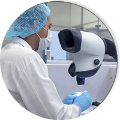
Highly qualified team
The team is trained and qualified in the production and quality control processes of the entire Arcsys line.
Scientific proof
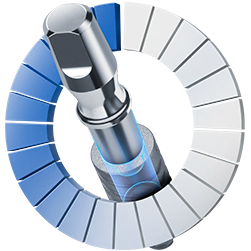
Arcsys Implant success rate of 98.2% and 0% loosening rate
A recent study by UFSC found that Arcsys implants had a success rate of nearly 100% in both multiple and single-tooth restorations. Source: 1 Center for Dental Implant Education and Research. Federal University of Santa Catarina. Prof. Dr. Ricardo Magini and team. 2018.

















